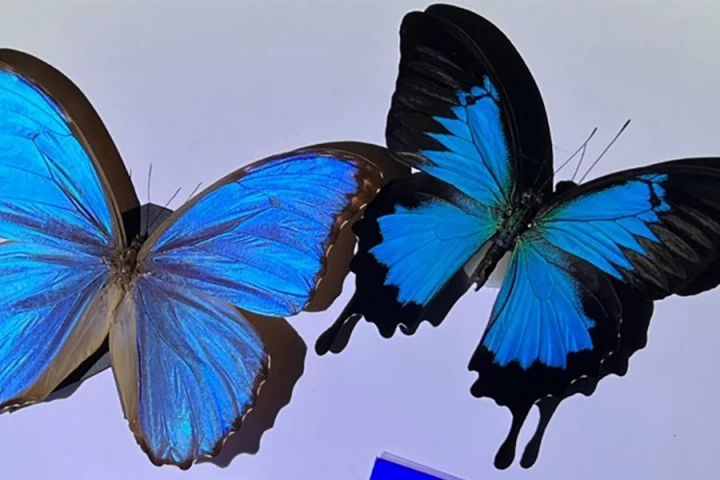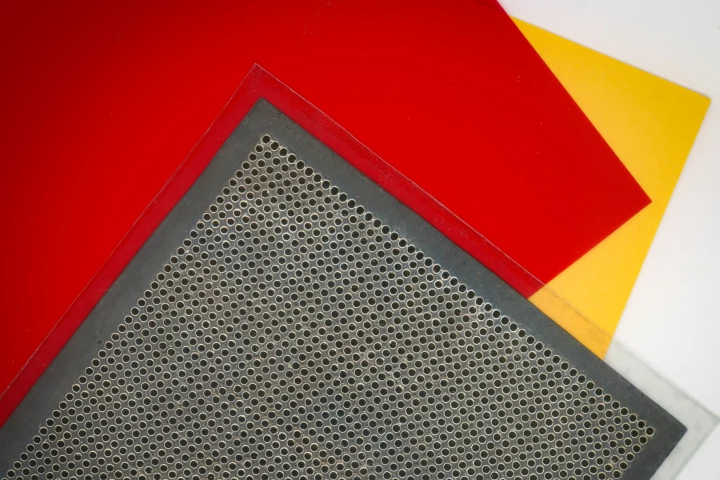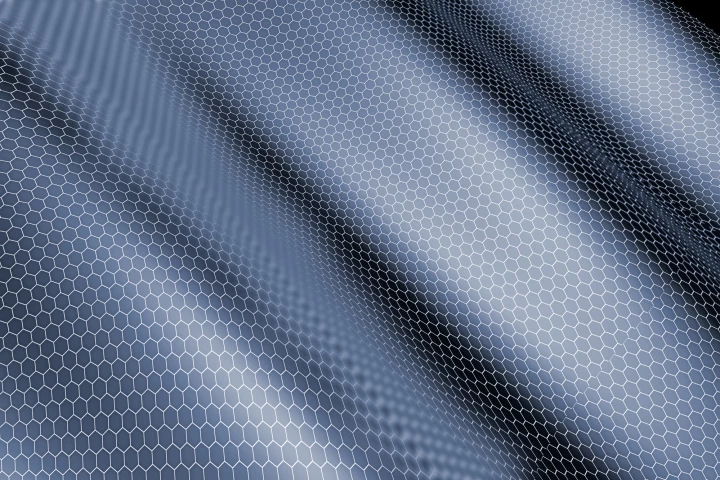Thin Film
-
It’s a basic fact that temperatures drop at night, damaging crops, equipment and infrastructure. Scientists have created a new film that selectively absorbs and reflects different wavelengths of infrared light to efficiently keep objects warm.
-
Lighter colors are cooler than darker ones, which can limit the practical palette choices for your clothes, car or house. A new material, inspired by butterfly wings, can produce vibrant colors while reflecting 100% of light to keep them cooler.
-
In order to grow big and strong, plants require the red and blue light that are part of the visible "white" light produced by the sun. Scientists have now developed a plant-boosting film, that converts the sun's UV light into more red light.
-
Engineers at MIT have developed an ultra-thin speaker that could be used to make entire surfaces produce sound. The unique design should be energy efficient and easy to produce at scale, the team says.
-
Graphene may be a versatile material, but it remains tricky to produce in large amounts. Now, an MIT team has found a new way to make large sheets of graphene in a roll-to-roll process, by depositing it onto a substrate that can easily be peeled off.
-
Aerogels are among the best thermal insulators, but their cloudy appearance doesn't work for windows, one of the worst offenders for letting heat escape a building. Now, researchers at Colorado University Boulder have found a way to make them transparent, recycling a beer by-product in the process.
-
Waste heat generated by electronics can damage components, and represents a large amount of energy going to waste. Now scientists at the UCB have developed a thin film that could be built into computers, cars or factories to capture and recycle the energy from waste heat.
-
A team of Chinese scientists has developed a new nanoparticle-based film that can store information as 3D holograms, improving data density, read and write speeds and stability in harsh conditions.
-
If you’ve ever used your phone in sunlight only to see a reflection of your own face, moths might have your back. Inspired by the natural nanostructures that keep the insect’s eyes from being shiny, a team from the University of Central Florida has developed an antireflective film for phone screens.
-
Researchers have created OLED (organic light-emitting display) electrodes from graphene. This could lead the way to a range of new components, including better touchscreens and much more efficient solar cells
-
A new material combines high transparency with high electrical conductivity for the first time, holding promise for more efficient solar panels, self-heating smart windows, high-performance cooling surfaces, and even flexible displays.
-
Diageo, the company behind popular poisons like Smirnoff and Baileys, has announced a Johnnie Walker Blue Label smart whiskey bottle. The connected bottle could enable distributors to better track stock, connect with user's smartphones and detect when someone has cracked it open prematurely.
Load More











